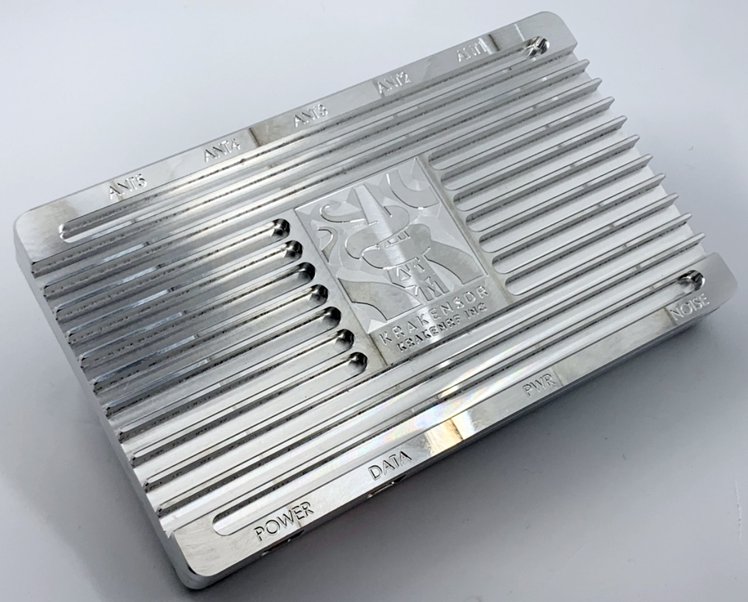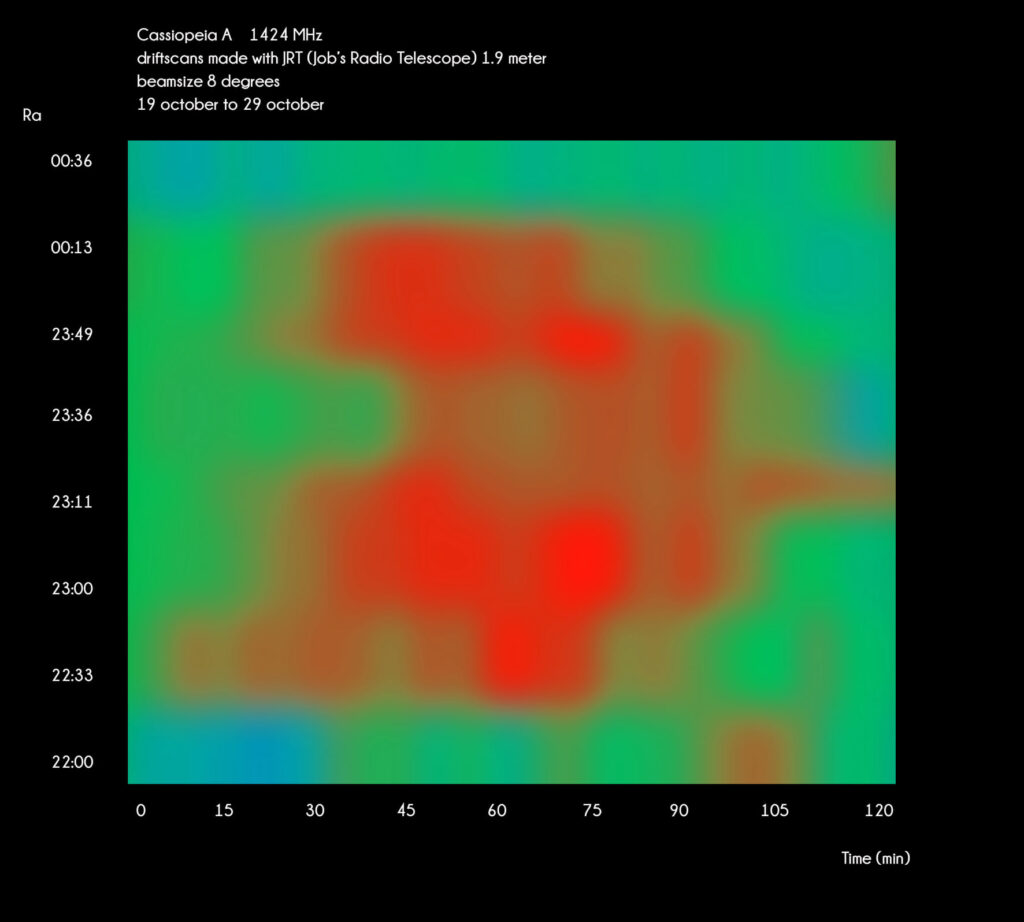KrakenSDR Crowd Funding Campaign Ends Fully Funded
Thank you to everyone who has backed or been following our KrakenSDR project on Crowd Supply. The initial funding campaign has now concluded with almost 5x our minimum funding goal! If you missed out, please don't worry as the product is will still be available for sale on Crowd Supply at the campaign price, but later orders may receive units from the second batch produced a few months after the first.
Thanks to the successful funding campaign we now have all the required parts on order and we expect the factory to receive them in a few weeks time. The final confirmation prototype is in production now, finishing touches to the enclosure are being worked on, a QC process is being developed and EU compliance certification and logistics details are being worked through.
At the same time work on on the DFing software is continuing to progress as well. If you are testing the software with the older KerberosSDR units, please note that the software is still in beta and that a thorough reading of the documentation is required to understand the DAQ control parameters. As direction finding with an SDR can involve learning a lot of new technical information, we are aiming to significantly simply the knowledge that is needed to understand the DAQ parameters, and hope to have a simplified version released with a tutorial by mid-December. So if you have a Kerberos, and are struggling with the setup, please kindly wait until the official release, unless you are interested in learning the nitty gritty technical details.
Recently we have also been working on improvements to the intermittent signal squelch handling and we are also working on multichannel DFing capabilities. We have a new developer starting work on a multiplatform networked mapping program too.
We are also looking to sponsor some accelerator projects such an GNU Radio integration and beam forming investigations for applications like radio astronomy. If you have DSP programming skills, and you're interested in helping on this, or have the DSP skills and interest in developing another project, please email us at [email protected] with details.





